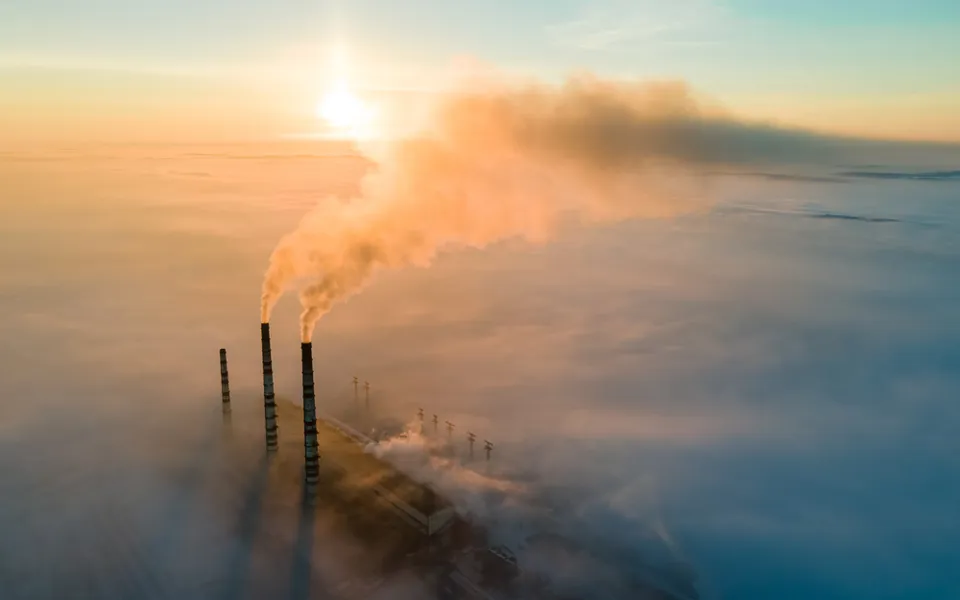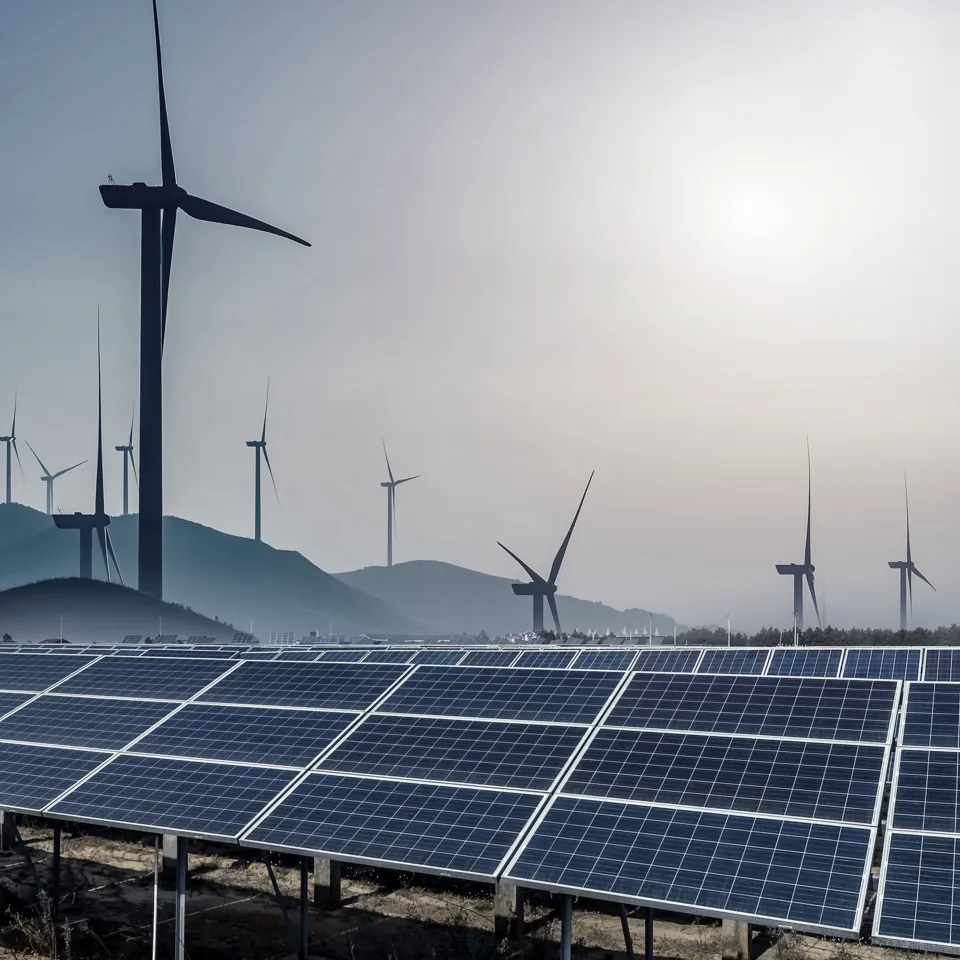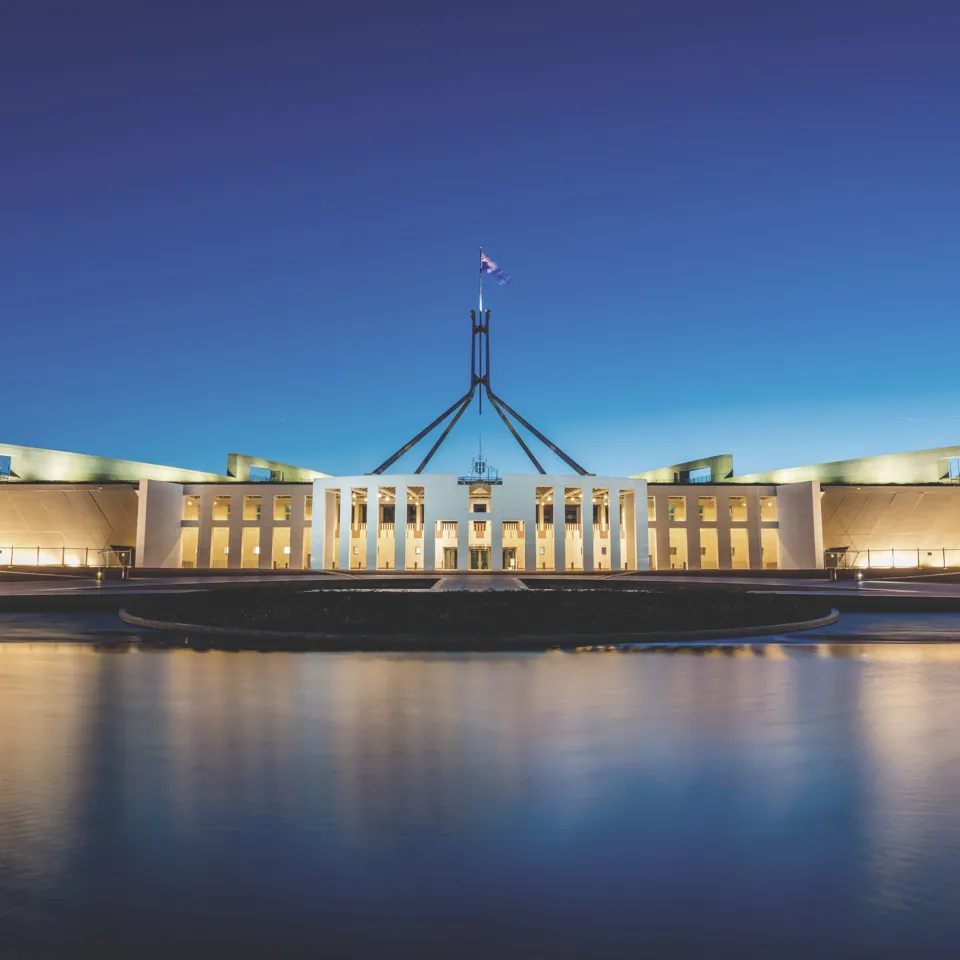Energy and Economic Modelling
Our energy and economic modelling experts have been at the forefront of policy development and energy strategy for over 30 years. We provide cutting-edge analysis and insights that deliver improved energy security and unlock the transition to clean sustainable energy.
World-leading strategic energy and economic insights
We have industry-leading energy and economy modellers who combine scientific excellence and state-of-the-art tools with their extensive knowledge to enable our clients to make robust strategic decisions. Our industry-leading expertise is supporting:
Policy analysis and strategy development: We provide model-based assessment of the energy, macroeconomic and climate implications of policies. We provide policy analysis through our industry-leading models and over 30 years of strategy delivery and policy development.
Sectoral insights to accelerate change: Our experts utilise detailed models to provide clarity about the operation of electricity markets, power supply and demand, transport, biomass production, the generation of GHG sources and sinks, which are being used to accelerate change and develop robust environmental, economic and energy-based actions.
Market analysis and investment assessment: We provide clarity on the implications of policy interventions, the introduction of new market players, development of new transmission infrastructure and interconnectors, assessing the economic performance of potential investments.
Model development: Our experts support a wide range of organisations to develop their own models, whether for their own use or to support project delivery to governments, associations and private companies.
Research and management of research projects: Our experts regularly participate in and manage research projects in the fields of macro-economics and energy modelling capacity.

Projects

Informing future NDCs and the global climate change stocktake
Read project
Advanced AI framework for extreme climate events detection
Read project
Comprehensive decision-making framework for the Water-Energy-Food-Ecosystems (WEFE) nexus
Read projectEnergy and economic modelling that is shaping the world
Advanced, science-based models to simulate and assess energy, economy, and climate systems to drive policy and strategy development.
Large-scale sector applied energy system model that provides detailed projections of energy demand, supply, prices and investment into the future. The model covers the entire energy system and the related emissions, making it ideal to simulate long-term energy transformations and clean transition.
The model covers detailed modelling of:
- Transport - including synthetic fuels and hydrogen, as well as detailed spatial projections of transport activity.
- Buildings - high resolution representation of the housing and office building stock utilising an economic-engineering model for heating system and equipment energy use.
- Biomass supply - includes land use constraints, different types of biomass and waste feedstock, sustainability regulation and maturity / efficiency of new biomass to biofuels conversion technologies.
- Electricity and heat - Models the hourly unit commitment taking into account current grid constraints, future system expansion, electricity cost and price, and integration of heat.
- Gas supply - Detailed gas infrastructure in the Europe, Asia and Middle-East area, including European gas flow modelling
The general equilibrium model for economy, energy and environment (GEM-E3) has been designed to simulate the interaction between economic activity, energy use, and environmental impacts. Its flexible structure enables Ricardo’s experts to provide insights based on a range of market variables and policy assumptions to support a deeper understanding of your research questions and to analyse custom scenarios.
The model generates projections for a wide range of economic indicators, including national accounts, employment by sector, trade balances, public finances, household consumption, energy use and supply, and emissions (GHGs and air pollutants). The model simulates different market structures (e.g perfect competition), models power sector technologies in detail and incorporates mechanisms such as technology changes.
GEM-E3 enables policy makers and organisations to simulate emissions reduction policies—such as emission permit trading, revenue recycling, and exemptions—under various policy designs (e.g., auctioning, grandfathering). It explicitly models how prices form through supply-demand interactions, allowing different types of market clearing mechanisms.
GEM-E3 is dynamic and recursive, with time evolution driven by capital accumulation and technological progress.
Prometheus is a powerful global energy model designed to explore how the energy system might evolve in uncertainty conditions. What makes it unique is its ability to capture a wide range of possible futures by using probability-based (stochastic) methods. Instead of relying on single-point forecasts, Prometheus provides results in the form of probability distributions—showing a full range of potential outcomes based on varying assumptions and data.
The model simulates the global energy system across 10 world regions and produces yearly projections up to 2050, with an update to 2070 currently underway. It covers energy demand across sectors (industry, households, transport), power generation from around 25 different technologies (including renewables and hydrogen), and detailed analysis of oil, gas, and coal supply.
Prometheus takes full consideration of the uncertainty surrounding fossil fuel resources, including the potential for new discoveries, especially in oil and gas. It uses long-term historical data (mostly from the IEA) and expert resource estimates (such as from the USGS) to support its analysis.
The model also tracks CO₂ emissions and can be used to explore different pathways for reducing them under various climate policy scenarios.
By linking energy demand, technology change, fossil fuel availability and prices, the model offers insights into how energy markets might develop over time.

Energy and Economic Modelling Resources

















